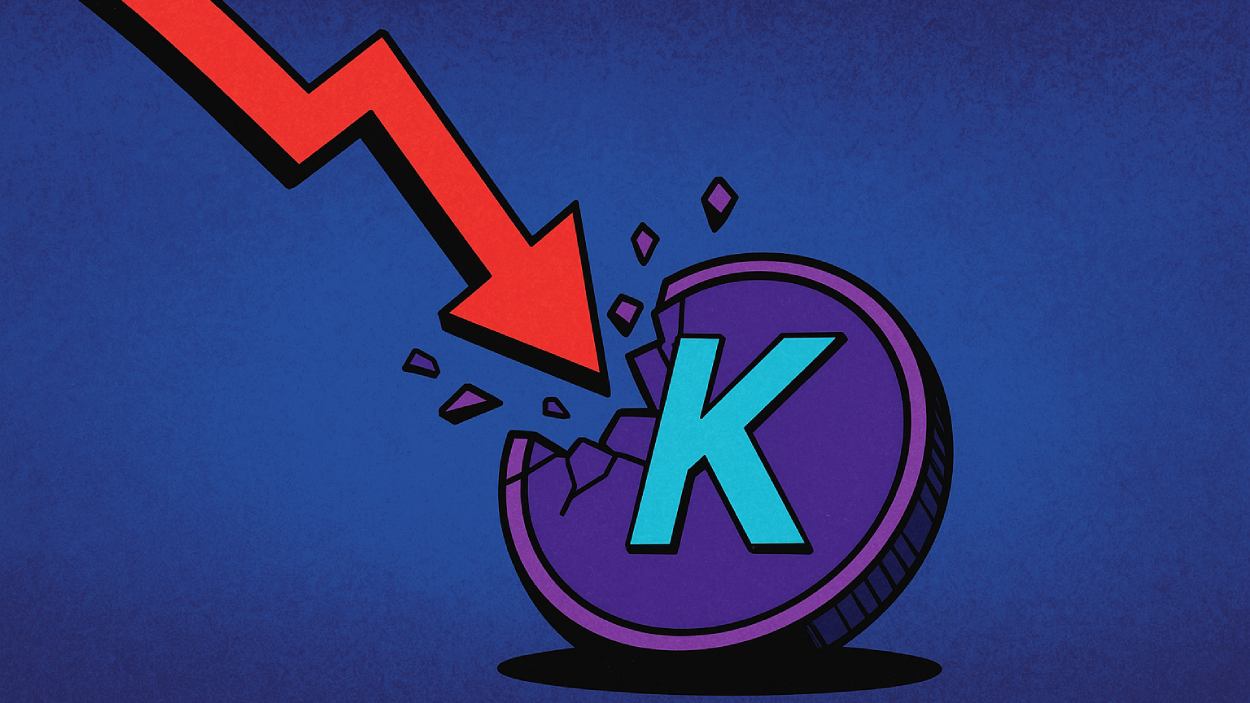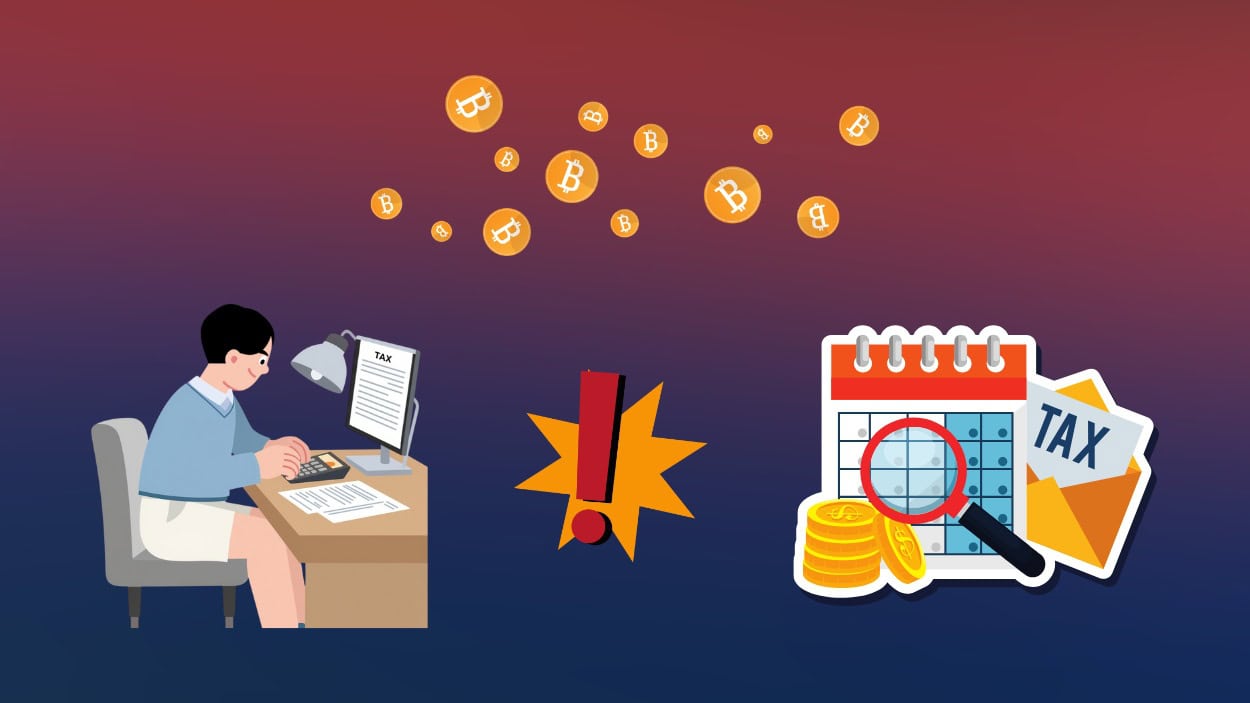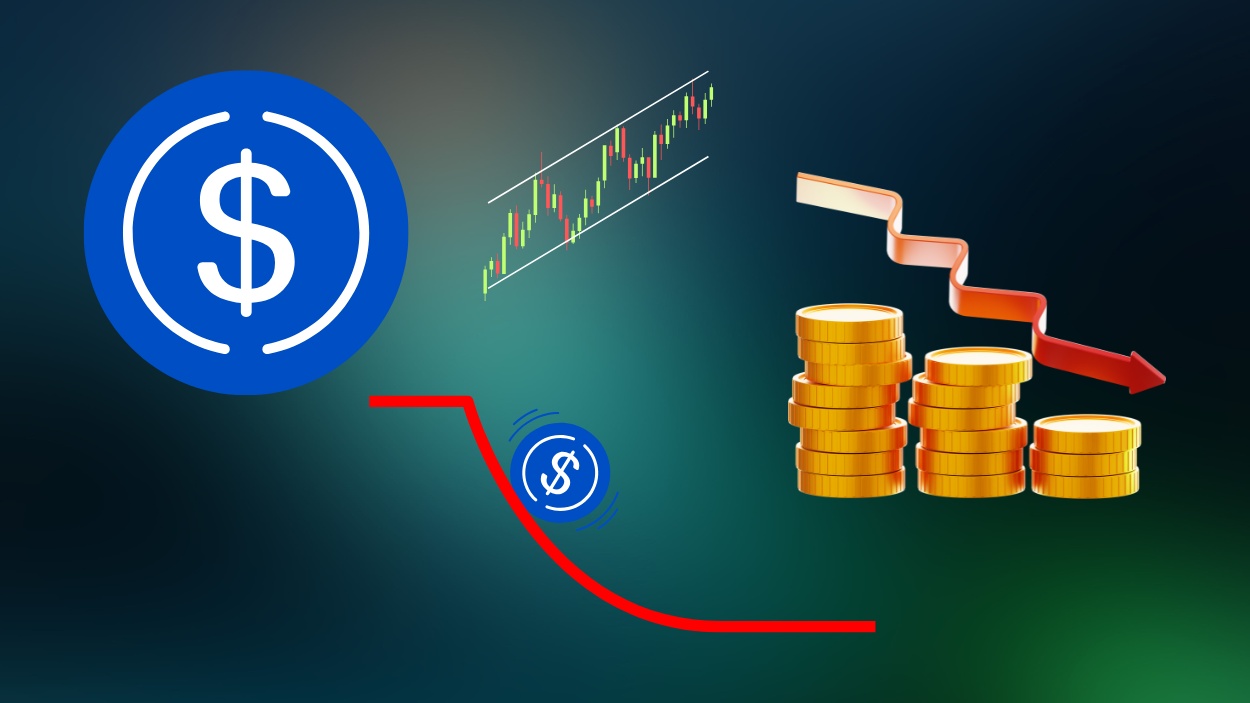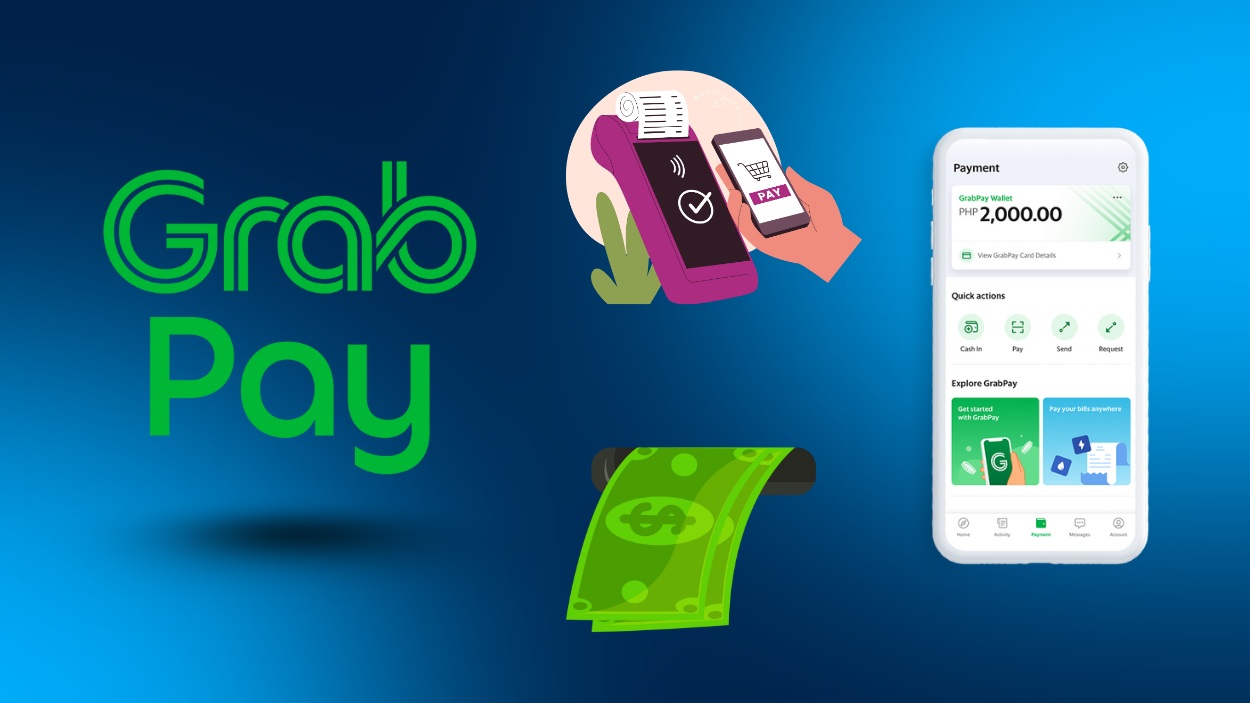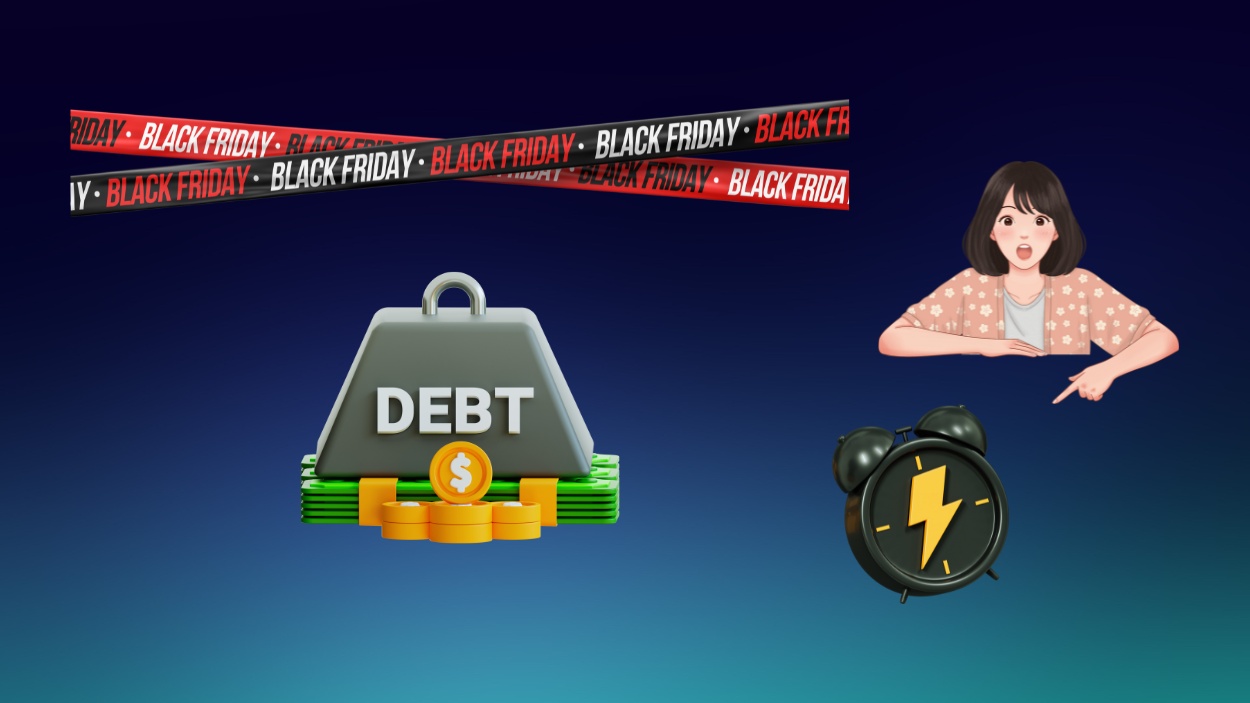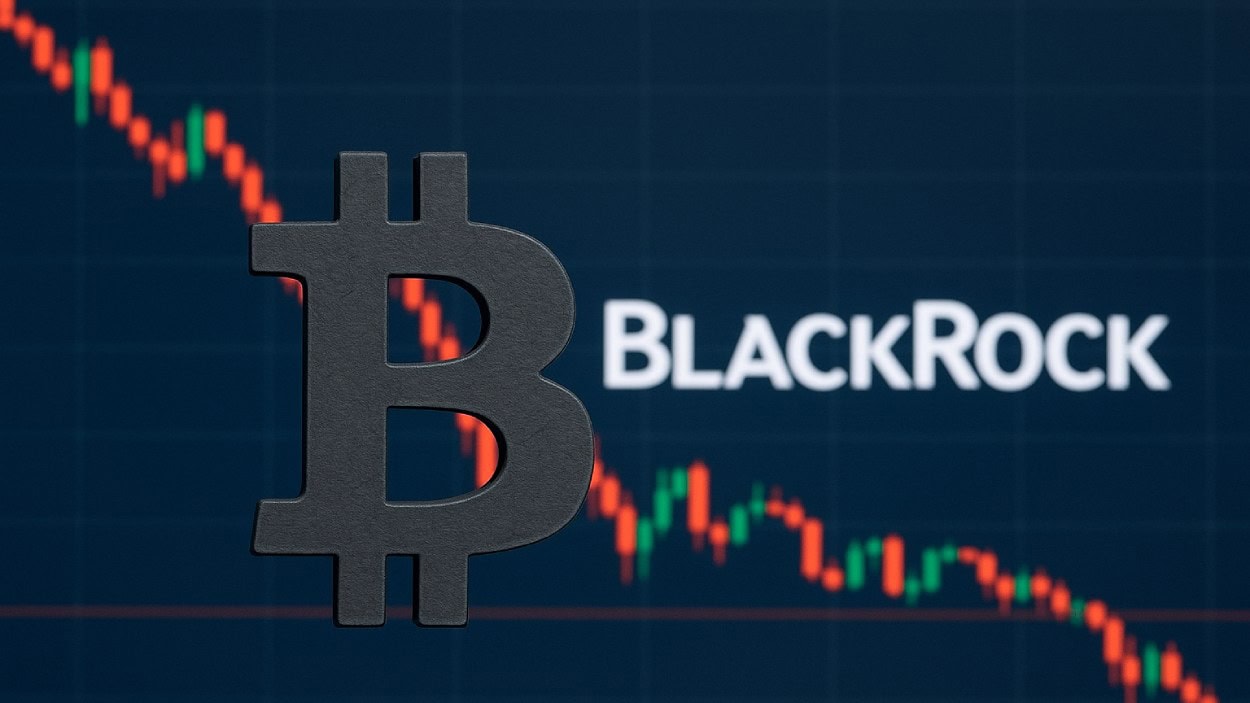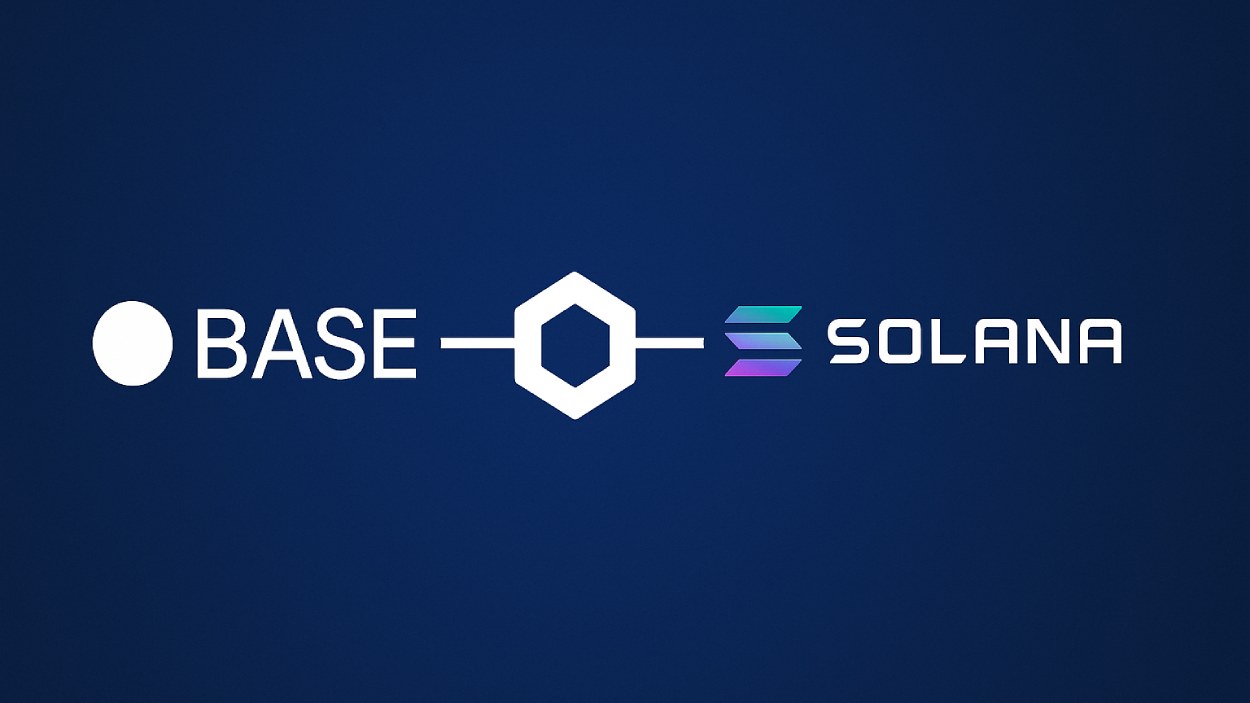Kadena Foundation has shut down its operations, triggering a dramatic plunge in KDA token value, but the blockchain itself will continue to function independently.
Key Takeaways
- Kadena Foundation has ceased all operations, citing unsustainable market conditions.
- KDA token dropped over 55 percent, now trading around $0.09, far below its 2021 peak of $27.64.
- The blockchain will remain online, operated by independent miners and community developers.
- Founders Stuart Popejoy and Will Martino, former JP Morgan blockchain engineers, launched Kadena as a scalable proof-of-work alternative to Ethereum.
What Happened?
The Kadena Foundation, the organization behind the Kadena blockchain, officially announced its shutdown this week due to unfavorable market conditions and development challenges. This news sent the KDA token plummeting over 55 percent in a single day. Despite the closure, Kadena’s blockchain infrastructure will continue operating, thanks to its decentralized structure and global network of miners.
KADENA PUBLIC ANNOUNCEMENT
— Kadena (@kadena_io) October 21, 2025
We regret to announce that the Kadena organization is no longer able to continue business operations and will be ceasing all business activity and active maintenance of the Kadena blockchain immediately.
We are tremendously grateful to everybody who…
Kadena Shuts Down Amid Harsh Market Reality
The Kadena team posted on X (formerly Twitter) that it is “no longer able to continue business operations and will be ceasing all business activity and active maintenance of the Kadena blockchain immediately.” The announcement marks the end of the core team’s involvement in the project, although they clarified that the blockchain itself is not shutting down.
- Kadena’s price is now hovering around $0.09, according to CoinGecko, down from an all-time high of $27.64 in 2021.
- Market capitalization has plummeted from a peak of $25 billion to just over $26 million.
- The token’s 24-hour trading volume lags far behind major cryptocurrencies, highlighting its steep decline in market relevance.
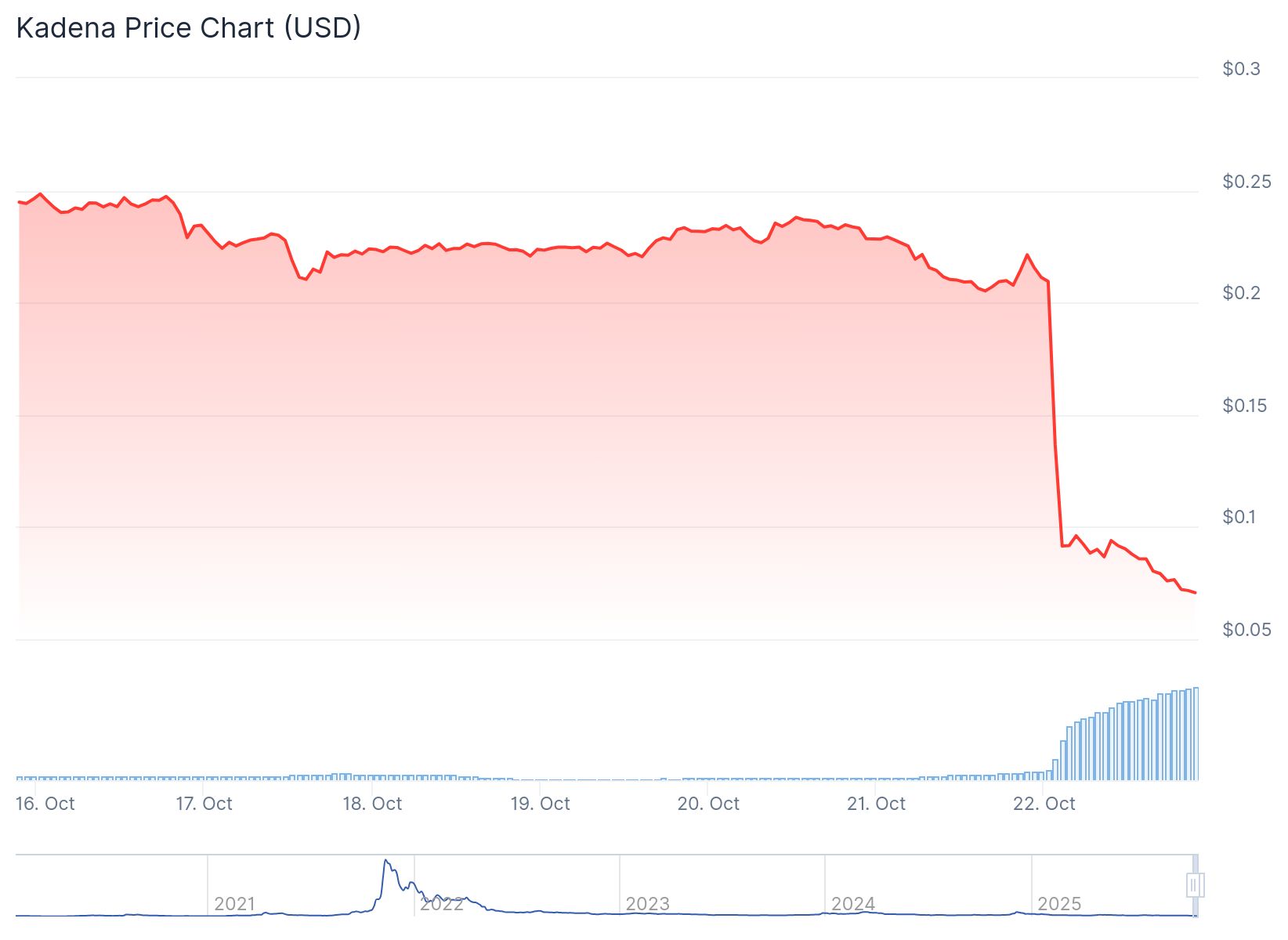
The announcement confirmed that a new binary would soon be released to ensure continued node operations. All node operators are urged to upgrade to maintain the network’s stability.
Blockchain to Continue Without Core Team
Despite the shutdown of the foundation, the Kadena blockchain will remain functional. As a proof-of-work system like Bitcoin, it relies on independent miners for processing transactions, and its smart contracts are maintained by the broader developer community.
The organization emphasized that the blockchain is not owned or operated by the company, and this decentralization allows it to live on even without core team support. A small transition group remains in place temporarily to manage this shift.
- 566 million KDA tokens are still available as mining rewards, set to be distributed through 2139.
- 83.7 million tokens are scheduled to unlock by November 2029, potentially influencing future activity.
From Bold Vision to Silent Exit
Founded in 2016 by JP Morgan alumni Stuart Popejoy and Will Martino, Kadena launched with big promises. It entered the scene as a scalable, proof-of-work blockchain featuring its own programming language, Pact, and a unique “braided” multichain architecture.
The project aimed to be “the blockchain for business,” combining Bitcoin-level security with Ethereum-style smart contracts. It even launched a $100 million grant program in 2022 to attract Web3 developers. But despite these ambitions, the platform failed to achieve lasting traction in a fast-evolving ecosystem.
Industry observers note that Kadena struggled to compete against more flexible and developer-friendly platforms like Ethereum and Solana. Its reliance on a traditional proof-of-work structure made it less appealing as newer modular and proof-of-stake networks took center stage.
CoinLaw’s Takeaway
In my experience watching blockchain projects rise and fall, Kadena’s collapse is a tough but familiar story. It had a strong technical team, a promising model, and even major grant backing. But the crypto landscape changes fast, and even great tech isn’t enough without long-term community and developer support. I found it especially telling that the foundation’s sudden exit left the blockchain to fend for itself, even though the network technically survives. If you’re holding KDA or building in this space, this is a strong reminder that decentralization only works when the community steps up.
Hover or focus to see the definition of the term.

